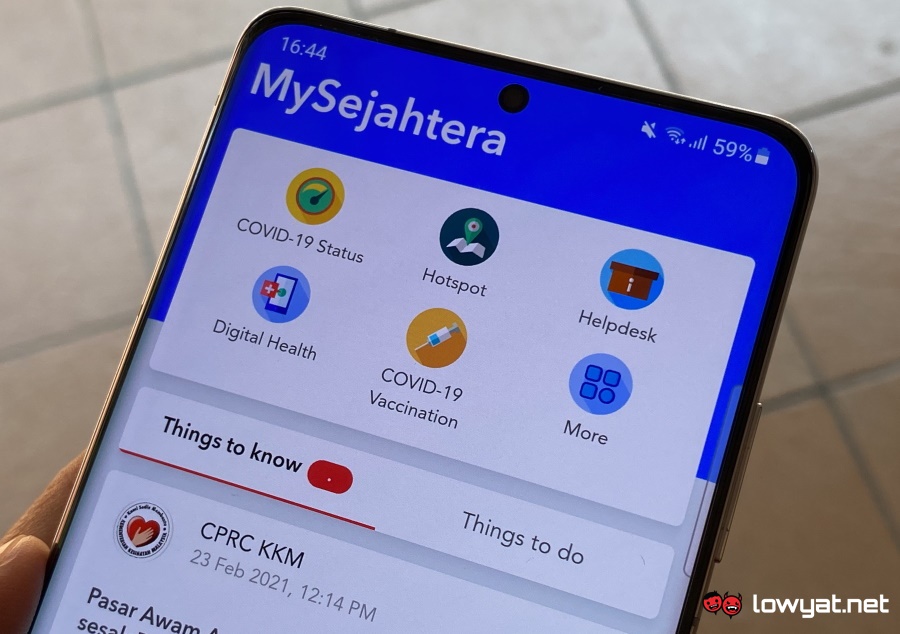These potential locations have been identified via the Hotspot Identification by Dynamic Engagement (HIDE) system, which relies on information from CPRC’s health database and MySejahtera check-in data. The minister explained that the variables used by HIDE to determine if a location is a hotspot include the number of cases in the area, exposure time, area size, and also whether it is well ventilated. “At the moment, some of the large hotspots in Kuala Lumpur and Selangor are shopping malls, F&B (food and beverage) outlets and bazaars,” the minister said during the press conference yesterday. He also revealed that HIDE recently recorded 1,660 areas in the country that can potentially become new clusters if left unchecked. In addition, Khairy is hoping that business owners can take pre-emptive measures once these hotspots are identified. This could include instructing employees to undergo COVID-19 tests, lowering the number of occupants, applying strict social distancing practices, and so on. “The transparency will also help the people make informed decisions and practise self-control,” he added.
The minister stressed that the HIDE system is intended to prevent any new potential clusters, as well as the need to implement a large-scale Movement Control Order (MCO) for areas. “We don’t want to have a full-blown shutdown, which is why we came up with this targeted intervention that is predictive,” he said. As mentioned earlier, the government has yet to reveal how it plans to distribute the list of potential hotspots identified by HIDE this Friday. Chances are, the public will likely be receiving this crucial update via the MySejahtera app, among other possible approaches. Regardless, with the number of cases still rising in Malaysia as of late, we would like to kindly remind our readers to comply with the SOPs, maintain social distancing, and practice good hygiene. Stay safe. (Source: NST / The Star)
